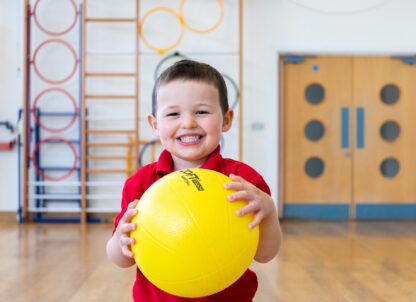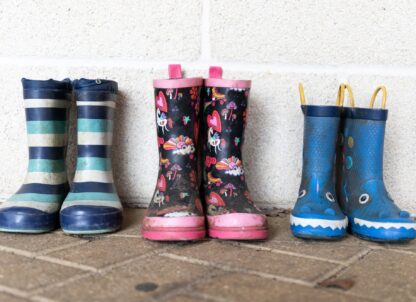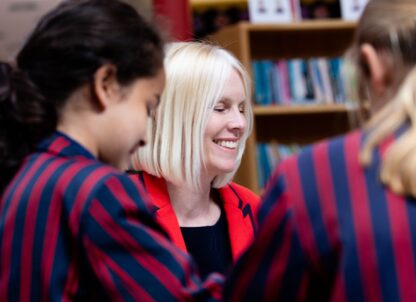Antifragility is a property of systems that increase in their capability to thrive as a result of stressors, shocks, volatility, noise, mistakes, faults, attacks, or failures. It is a concept developed by Professor Nassim Nicholas Taleb in his 2013 book, Antifragile.
Children really grow and learn when they have the permission and opportunities they need to take risks: to climb high, to explore independently, to use grown-up tools, to bike down a hill as fast as they can.
One of modern adults’ most basic instincts is to protect our children – from harm, pain, and any conceivable discomfort. However, if children never experience challenges that they must overcome themselves, how will they ever learn how to deal with daily life experiences when they are older?
Children need regular opportunities to take reasonable risks and to overcome challenges in order to develop into strong and capable children. A reasonable risk is any action, activity, or behaviour that starts with careful consideration and results in taking a leap of faith.
Here are five reasons to encourage our children to engage in risk-facing activities this summer?
Cultivation of Confidence: A good dose of reasonable risk-taking in play results in a comfortable willingness to make mistakes and learn from mistakes. A healthy ‘give and take’ mentality.
Improving Strength and Safety Awareness: In order to stimulate the senses and develop healthy motor skills and strong bodies, children need the opportunity to take reasonable physical risks.
Development of Social Skills: Although some risk-taking is done independently, children often take risks while interacting with others. Reasonable risk-taking allows children to find and utilise their voice among peers and become a trusted team player.
Practice of Independent Thinking and Self-Reflection: When a child considers a risky decision, she practices the process of decision-making in a matter of moments. ‘Should I jump from this log to the ground?’ Once she makes the decision to take a leap, she must evaluate the decision. Taking time to reflect on the outcome of an action taken is incredibly important. Did the risk lead to success? Or, was it not the best plan to take?
Avoidance of Other Risky Behaviours: Reasonable risk-taking keeps children from participating in another kind of risky behaviour—the unhealthy kind.
Children’s social and emotional abilities are as antifragile as their immune systems. If we overprotect children and keep them ‘safe’ from unpleasant social situations and negative emotions, we deprive them of the challenges and opportunities for skill-building which they need to grow strong. Such children are likely to suffer more when exposed later to other unpleasant but ordinary life events, such as teasing and social exclusion. Brief periods of normal tension are not harmful; they are essential.
Free play in which children work out their own rules of engagement, take small risks, and learn to master small dangers (such as the National Trust’s 50 outdoor activities) turns out to be crucial for the development of adult social and even physical competence. Depriving them of free play stunts their social-emotional growth. Norwegian play researchers Ellen Sandseter and Leif Kennair wrote in 2011 about the ‘anti-phobic effects of thrilling experiences.’ They noted that children who are supported to engage in maturationally-appropriate risky activities spontaneously seek to add risk to their play, which then extends their coping abilities, which then empowers them to take on even greater challenges.
What can we do to reverse current trends of risk-aversion? How can we raise children strong enough to handle the ordinary and extraordinary challenges of life? There is a powerful piece of folk wisdom: prepare the child for the road, not the road for the child. As soon as you grasp the concept of antifragility, you understand why this folk saying is true.
But we also have to let our children out to roam the road without us. It is what most of us over the age of 40 did (even in much more crime-prone decades) and it is what most children want to do. At first, it’s scary for parents to let go. But when a seven-year-old jumps up and down with excitement and pride after running an errand on her own, it gets easier to let them go.
Happy exploring this summer break!
Mrs Vanessa Wood and Dr Martin Hine














